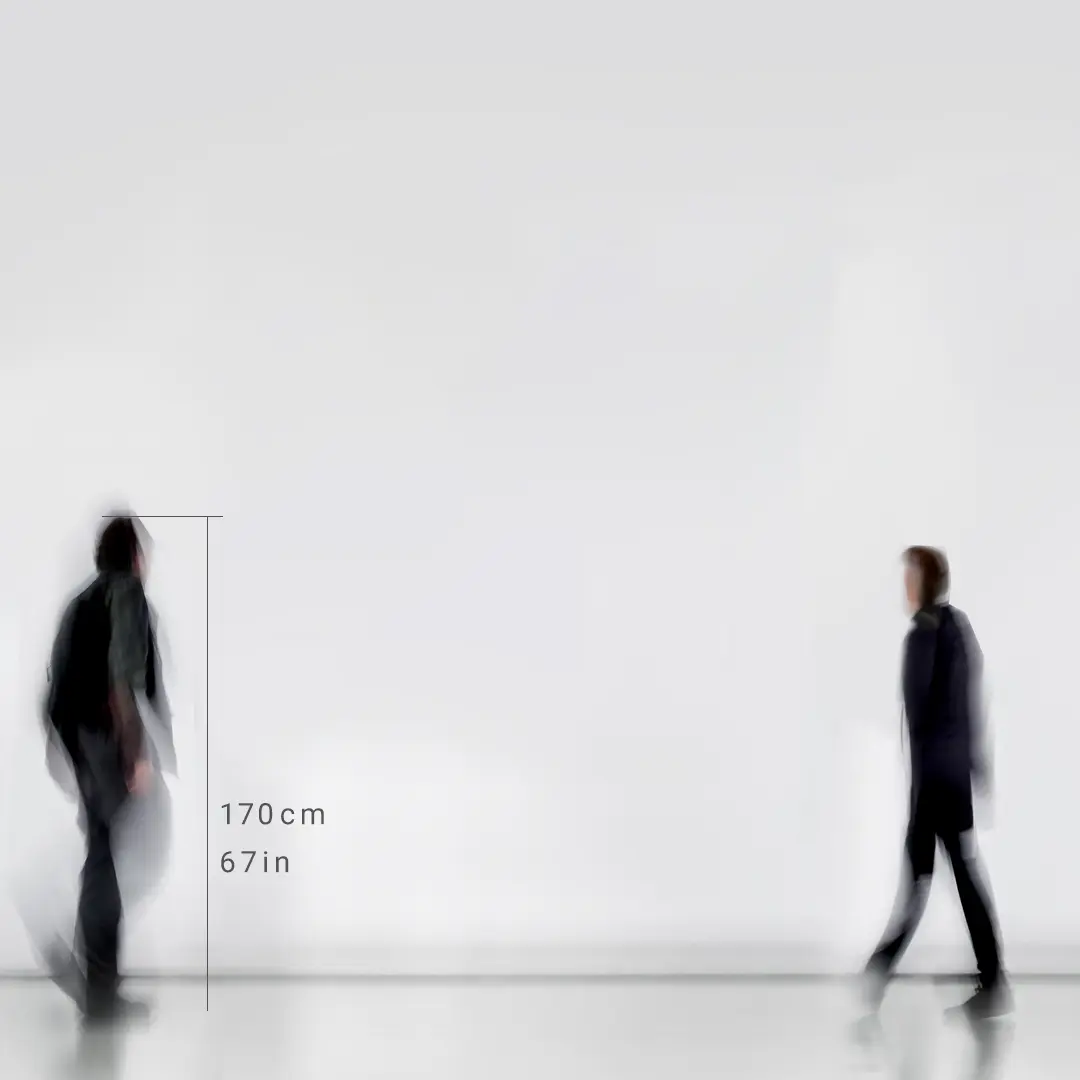
First oil painting | Explanation of how to use oil paint and the basics
Have you ever thought, "I want to paint with oil by myself!"? "I've done it in art class at school, but the time has come before I can finish it..."
Follow TRiCERA on Instagram and check out our creative artists
5%OFF & free shipping 1st purchase
FIRSTART5
10%OFF 2nd purchase after 1st purchase!
Welcome to TRiCERA
Hi there! We are pleased to have you here 🎉
Could you please describe yourself?
Guest















Wishlist
Wishlist
Wishlist
Sold Out
Ask about commission workPainting (Oil painting)
Original Artwork
2019
Unframed
In modern China, the rapid and drastic development of economy and technology has led to urbanization. The cityscape has been transformed by skyscrapers and highways into something that had been surreal in earlier days. Nevertheless, traditional Kazan-Seki statues still stand in gardens amid the transformed cityscape.
Kazan-Seki/ Taihu stone is a figurative art made of the characteristic natural stone, a type of limestone. It has been made and valued in the history of Chinese gardenings and is considered as a means to fulfill the desire of people to return to nature. The utilization of deformities and irregularities on the surface of the rock symbolizes the organic formation of the metaphysical (philosophical) world. ZENG Chao sets this Kazan-Seki as his motif and explores its various expressions in his works.
As he studies Chinese painting, ZENG Chao pursues “Ki-In”, which means grace and refinement in art, in sophisticated brushwork. It is valued in Chinese painting tradition that the concept of "Ki", the Oriental concept of vital energy, is reflected as "Ki-In" on the drawn surface.
ZENG utilizes the historical painting technique called the "brush method" of Chinese ink painting along with modern painting materials, such as oil and acrylic. He mixes and enhances the elements taken from history, painting history, methods, and materials in his creative pursuits.
He calls this series the "wet brush - wrinkle method" that is based on the lively brushstrokes of traditional ink painting. The point of it is to maintain consistency of brush touch. When he draws Kazan-Seki, KS type, with this method, he draws with a mid-sized brush with dark ink mixed with plenty of water. He draws as he presses the brush or the painting knife against the screen and he characterizes the strokes by giving them styles of “Sotsu” and “Teki”.
These techniques are used to accentuate the brushstrokes while it keeps its consistency. He named this technique of drawing as "Chi-Brush" because it gives “Chi/Ki” to the drawing.
He uses various painting techniques to draw an animated Kazan-Seki but those techniques do not serve the purpose only to draw a real reproduction of those stones but to give “Ki/ life”, to them. The emphasis on brushstrokes with "Ki-Sword" and "Ki-Brush" techniques express a unique sensibility of the creator. This sensibility generates “Ki”, the vital energy, of the work and therefore, the work presents the complex existence of the “wrinkle method”, “Ki-In/ grace and refinement”, and the creator himself in it.
“Ki-In” ties in the great concept in the history of Chinese philosophy and the contemporary notions of his artistic expression. In this attempt, he reaffirms the importance of this concept and rediscovers its potential in contemporary art production.
Japan
In China, urbanization has progressed due to the rapid development of economy, technology, and high-rise buildings and also highways have transformed the city's landscape. But there are some traditions left standing in the garden in the city called 'Kazanseki'. Kazanseki is a feature based on the characteristic of natural stone that has been used in the historic garden design in China and has been used as the symbol of hope with the wish of ‘return to nature’.The stones’ feature ‘pores and holes’ are the symbol of worlds’ natural shape. According to China’s traditional culture, existences are born from formation instead of and it is nothingness at the beginning of formation. Further, first existence is called chi and other existences are all born from chi. Chi is the material of formation, the power of formation and its manner decide its essence. The concept of Kazaneseki is deeply connecting to the influential Chinese philosopher, Zhuangzi, and Laozi. The representative of chi philosophy is not just researching nature essence based on the concept of metamorphosis, but also combined the concept of metaphysical. However, China’s politics especially socialism is influenced by western culture, dualism theory. For example, control nature and the confrontation between people or countries, those confrontations are making conflict easily. In terms of old Chinese philosophy, it said human has to respect nature as a part of life in nature. To show the conflict between china’s socialism and China’s education, Chinese philosophy, Zeng Cho uses Chinese tunic suit and red necktie to symbolize china’s socialism and use kaiseki to symbolize Chinese tradition and philosophy.
Have you ever thought, "I want to paint with oil by myself!"? "I've done it in art class at school, but the time has come before I can finish it..."
Do take it personally and emotionallyLet's say you are strolling through the collection at a museum. Are you the type of person who takes time to l...
Select a frame

This is an automatically generated plot image. If may differ slightly from the actual product.
※A separate fee will be added for each delivery country.
Select a frame
9s Gallery is pleased to present "KAIJU - Awakening", a solo exhibition by Kamakiriko from February 14 (Fri) to February 22 (Sat), 2025. The mantis has a sharp dorsal fin, and looks at you with a sharp gaze....
9s Gallery is pleased to present "Kiriko gram - #StillTheResistance," a solo exhibition by Mantiko from Friday, 8/16/2024 to Sunday, 8/25/2024. Kiriko Mantis is an artist who believes that conventional society...
Tylakulka paints thoughtful works about human freedom and relationships using dogs as a motif. His style of drawing unique colors and compositions with extended brush strokes has gained popularity, and he was awarded the 100 10 2023/...
9s Gallery is pleased to announce the group exhibition ""UPDRAFT" Rising Artist" from 5/18(Sat) to 6/1(Sat), 2024, featuring Mantis, Nakamitsuki, Tylakurka, Hidehiko Iijima, and Kai Inoue.






